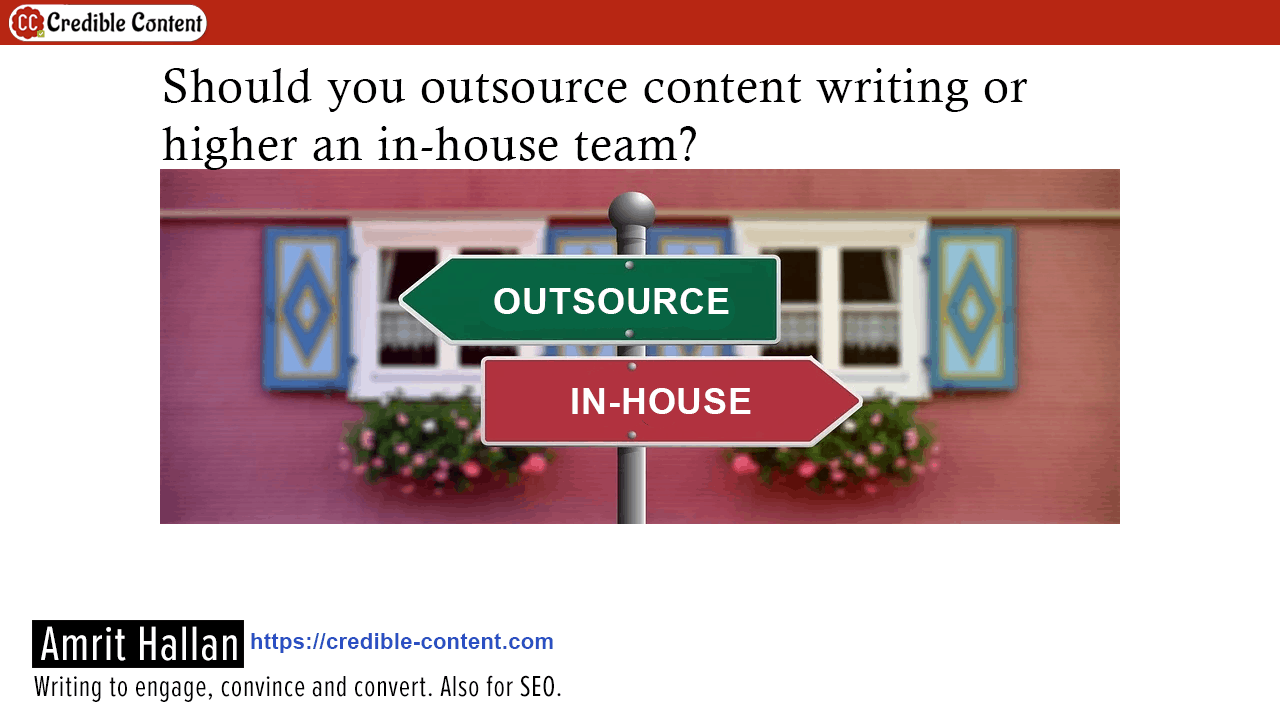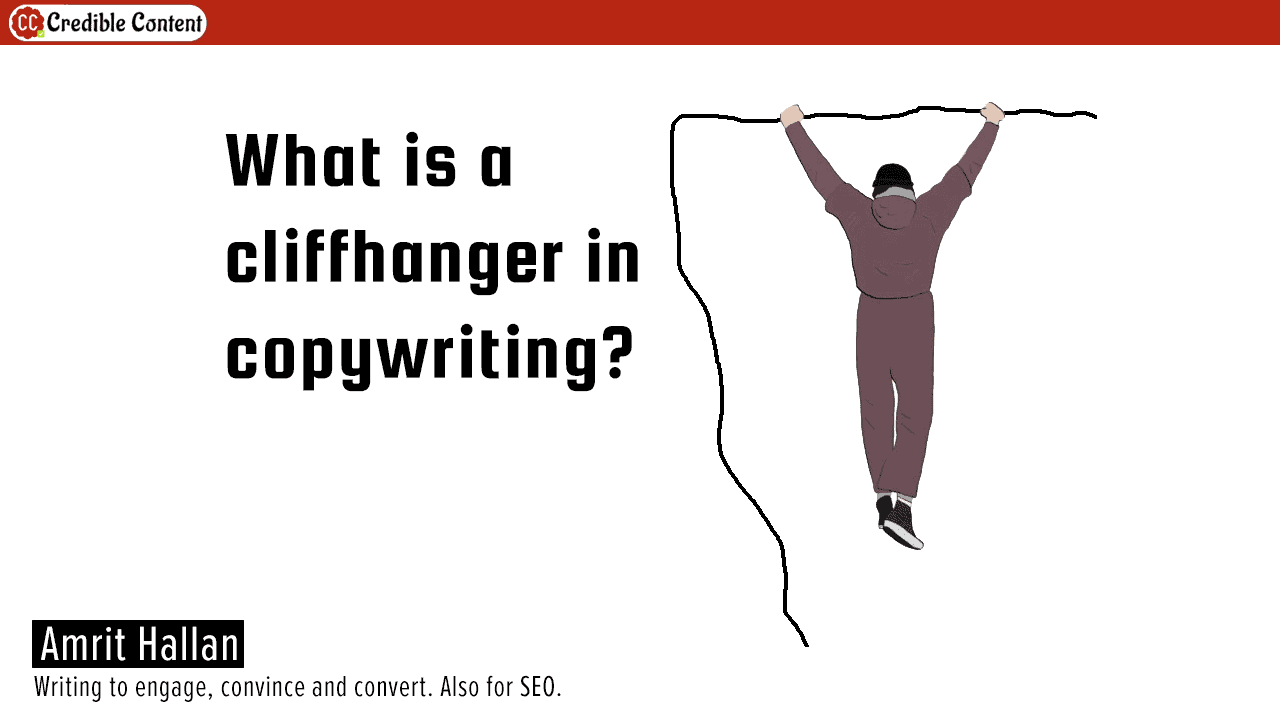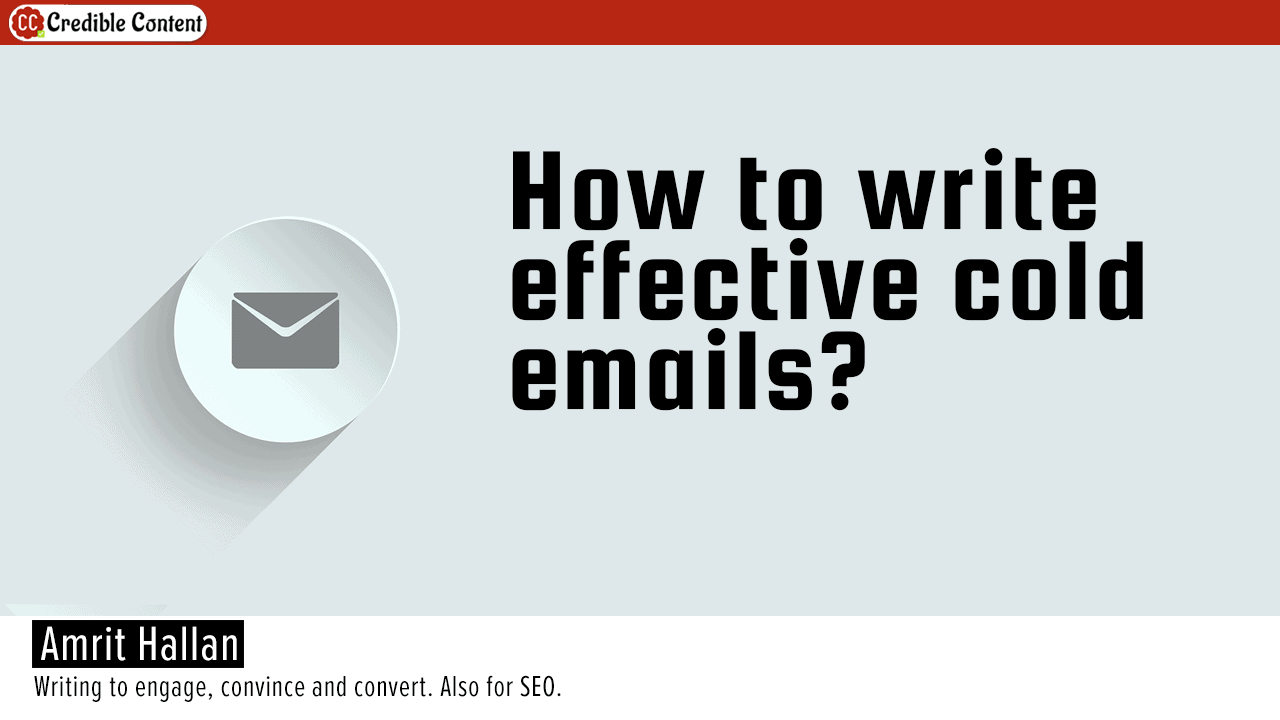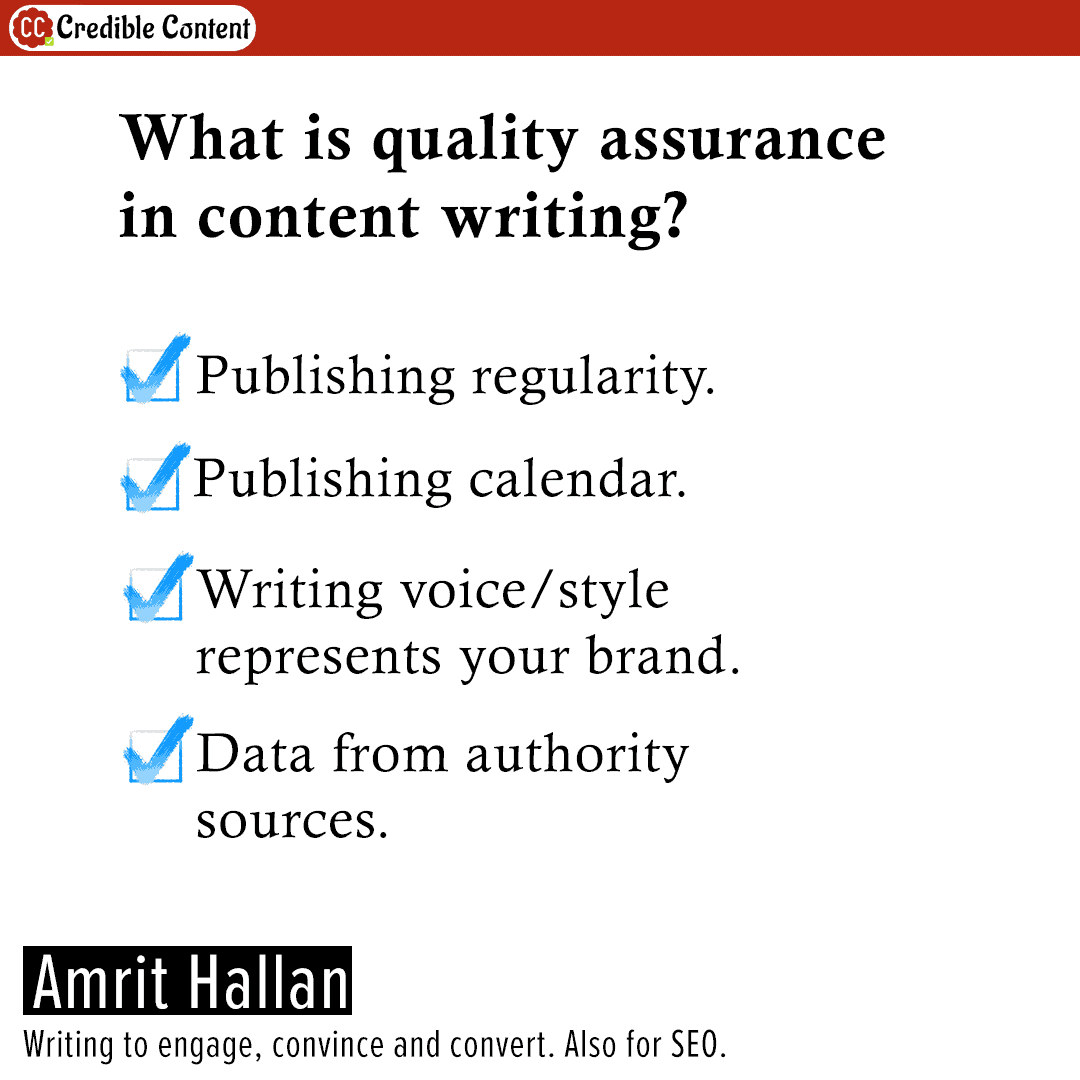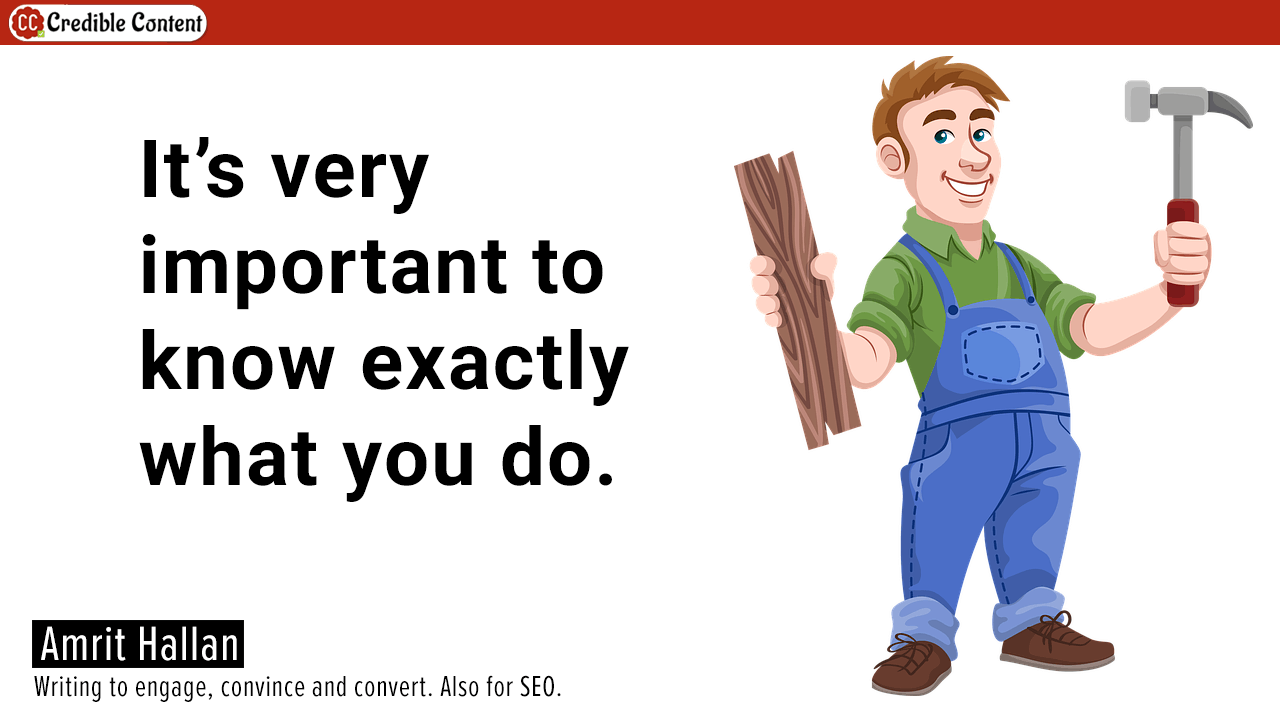It is very important for your content marketing strategy to know whether you should do content writing in-house, or you should outsource it.
A few days ago I advised a client to hire an in-house content writer even when she was eager to outsource her organization’s content writing requirement to me.
Initially I had agreed because I thought it was a one-off assignment.
They wanted me to work on a document of around 22-25,000 words. I agreed to work on the assignment because initially she had said that they would be providing the research material and I would just need to compile the information in a “writerly” manner.
But the next day she said that they also wanted me to do the research.
The problem with the research was that it needed to be verified from multiple sources. Another problem was, they wanted to pay a fixed price – per word.
Yet, another problem was, they were finding my content writing service a bit expensive, although, considering the quality I was providing them, they agreed to pay me my price.
I was about to start the work when I got another message from her that she was interested in outsourcing 10-15 such assignments every month.
I told her that they needed to hire an in-house content writer for such a job, and politely declined to work on the current document.
I couldn’t afford to spend so much time on research and writing for an ongoing project for which they were eager to pay a fixed rate. One never knows how much time such research is going to take. Especially when research needs to be verified and confirmed from multiple sources.
How to decide whether you should outsource your content writing or hire an in-house content writer?
To be frank, I have a content writing and copywriting business. It is in my interest when people outsource their content writing needs.
One needs to take multiple factors into consideration before deciding whether hiring an in-house content writer is the way to go or it makes sense to outsource.
I don’t take bulk content writing assignments. Most of the clients who hire me go through my website, like my writing style, and hire me expecting that I’m going to use the same style and the same quality for their websites or blogs.
Therefore, often, it becomes difficult for me to hire multiple writers or outsource my content writing further. I need to manage most of the writing myself.
If the content writing agency can handle the volume of content writing work that you have, well and good, you should outsource.
Outsourcing definitely has its benefits. But if lots of research is required and you don’t want to pay a variable rate (according to the number of hours spent on your work), it is better to hire an in-house content writer. Or a team of in-house content writers, if you need to publish a lot of content.
Take for example the above case of writing documents containing around 25,000 words. And they need 10-15 such documents every month. Add to that research. Sometimes research takes as much time as the actual writing. Sometimes, even more time.
Even if cost-wise paying per word works for you, it doesn’t work for the content writer. If I had taken the assignment, I would have ended up spending all my time on their work, neglecting not just the work from other clients, but also neglecting my own marketing that I need to do to keep getting assignments.
Outsourcing is good when you don’t need lots of content. Cost wise, if you need to publish hundreds of thousands of words in a month, you either work with a bulk content writing agency (and compromise on the quality in the process), or you hire an in-house team that is going to spend all its time researching and writing content. You will get quality content, and the writers will be compensated according to the pay scale they have agreed to.

